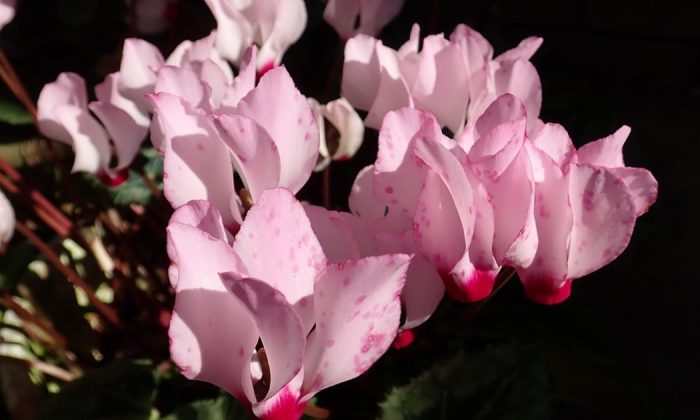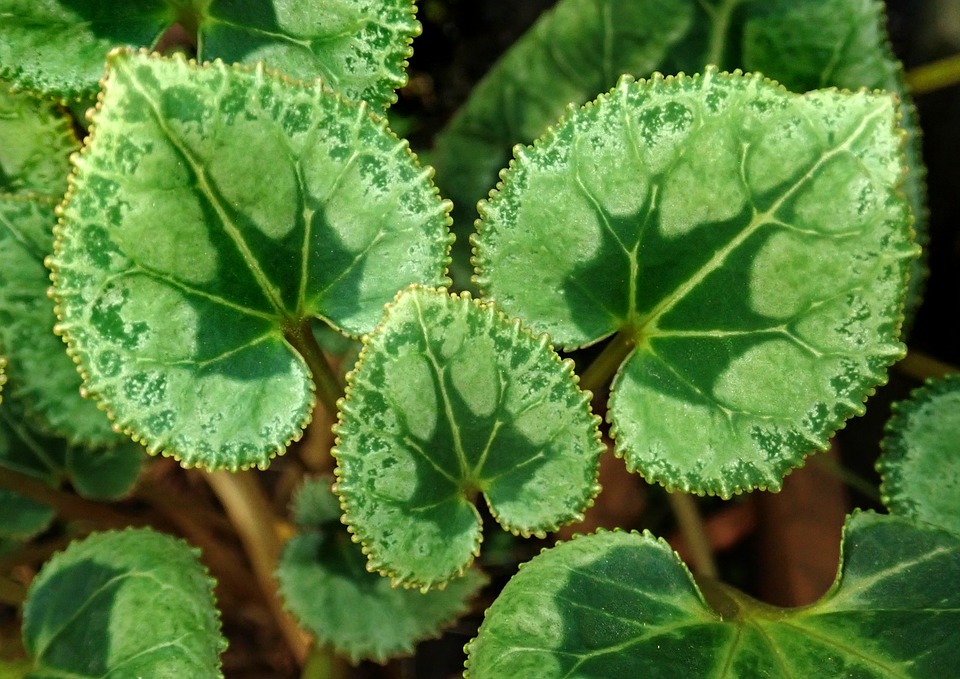Sowbread – what to do when it refuses to grow

Sowbread is one of the classic holiday flowers, but when you grow it at home it often dies within a single month. The most common cause is an infection by aphids or fungi. If your sowbread has been attacked by these villains, try the following.
Above all, sowbread needs a cool and bright place – and it should be blooming from autumn to spring. Sowbread also needs higher air humidity and plenty of fresh air so do not experiment with small greenhouses or glasses, etc.
Sowbread will do well in a hallway or bedroom
It likes temperatures from 10 to 15 °C. Sowbread is definitely not a plant suitable for living room. But that is not all. It is often affected by fungi, and if that is the case, its leaves get covered with a gray layer and die – and then its flowers.
The best medicine is prevention – never pour water directly on the tuber, and carefully tear off or twist off all faded flowers and wilted leaves all the way to the base. Mould or fungi most often form on remaining leaves. And if you got the mould already? Cut off all affected parts with a clean knife (dip it in alcohol after each cut), and disinfect the cuts with a light solution of potassium permanganate (hyper manganese) (put 2-3 grains in a small cup).
Our tip: Yellowing of leaves does not necessary mean that they have been infected by a fungi. Sometimes leaves turn yellow because the surrounding temperature is simply too warm.
Photo: Pixabay
Spider mites and aphids fear oil and soap
If you need to keep sowbread in a warmer room, most likely it will be attacked by spider mites or aphids. If that is the case, spray a soap solution or edible oil on it. The oil will seal breathing holes of these pests and they will die. The good thing is that oil is safe for indoor use. Repeat as needed.
The cyclamen mite (Phytonemus pallidus)
If you have this bug at home, you have already lost the battle. You can tell if the leaves start to curl up and new ones do not grow properly and resemble stub-like pieces. This is an unmistakable confirmation that you are dealing with the cyclamen mite . This bug cannot be destroyed and plants infected by this bug must be thrown away quickly to protect other plants that live nearby.
Preview photo: Pixabay

Gardening is my hobby, I have a lot of experience and I am happy to share it.









0 comments